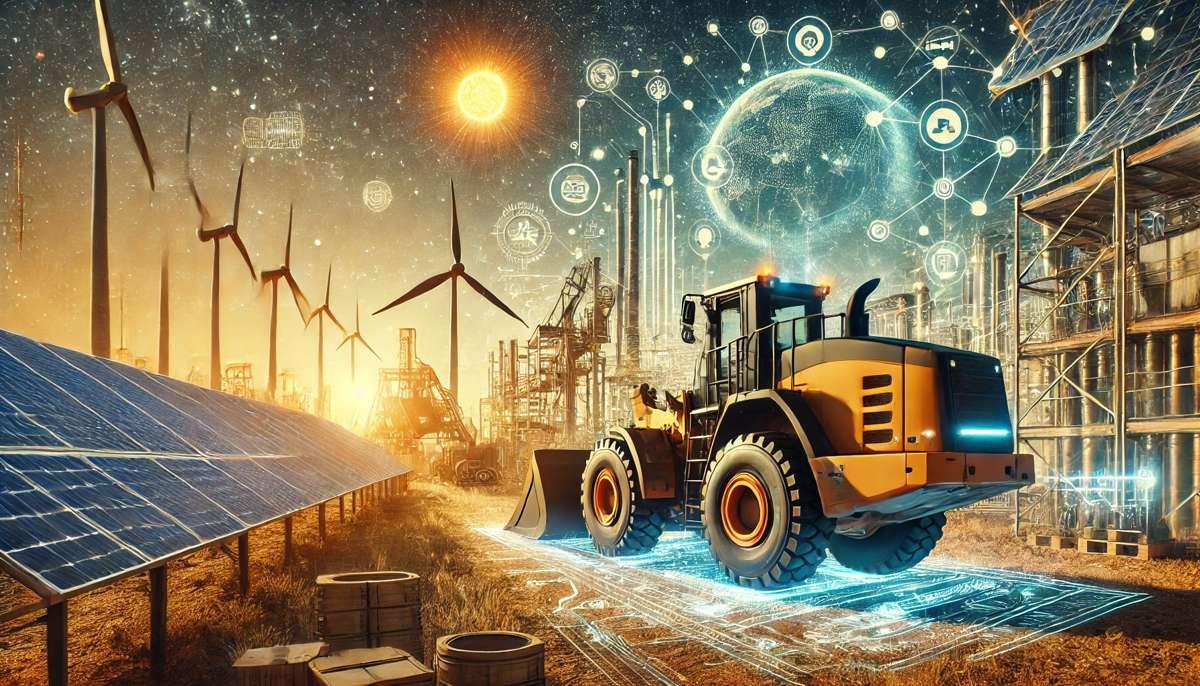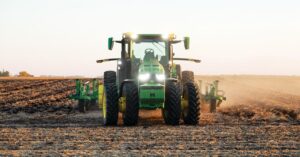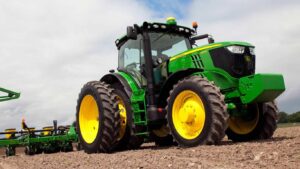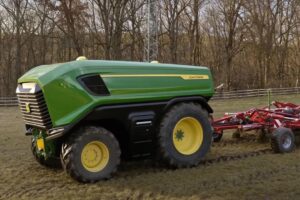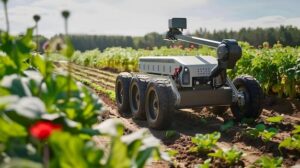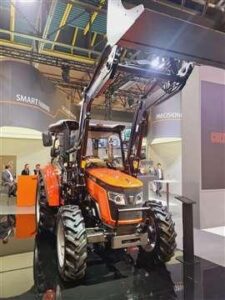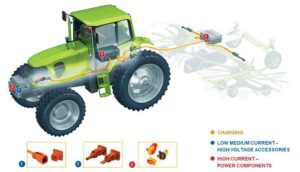The global agricultural sector is witnessing a meaningful transformation as electric tractor sales continue to accelerate, marking a pivotal shift from conventional diesel-powered machinery.Market projections for 2025-2030 indicate a significant uptick in adoption rates across both developed and emerging economies, driven by environmental regulations, technological advancements in battery capacity, and increasing farm mechanization. this transition represents not only a response to growing sustainability demands but also reflects the evolving economics of agricultural operations in an increasingly carbon-conscious world. The agricultural sector is witnessing a remarkable transformation as electric tractors gain significant traction worldwide. Market analysts project a compound annual growth rate of 21.3% between 2025 and 2030, driven by increasing environmental consciousness and technological advancements in battery systems.
leading manufacturers are intensifying their research and development efforts to enhance battery longevity and charging infrastructure. The next generation of electric tractors is expected to operate for up to 10 hours on a single charge, addressing previous limitations that hindered widespread adoption.
North America and Europe remain at the forefront of electric tractor implementation, with substantial government incentives accelerating the transition from conventional diesel-powered machinery. Countries like Germany and France have introduced ambitious targets, aiming for 40% electric tractor adoption in their agricultural sectors by 2030.
Asia-Pacific markets, particularly China and India, are emerging as crucial growth drivers. These nations are investing heavily in lasting farming practices,with local manufacturers developing cost-effective electric tractor models tailored to small and medium-sized farms.
Battery technology breakthroughs are expected to reduce production costs by approximately 35% between 2025 and 2028. This price reduction will make electric tractors more accessible to farmers globally, particularly in developing regions where initial investment costs have been a significant barrier.
Precision farming integration is becoming a standard feature in new electric tractor models. Advanced sensors, GPS guidance, and automated systems are being incorporated to optimize field operations and reduce energy consumption.These smart features are projected to improve operational efficiency by up to 25%.
Infrastructure development is keeping pace with market growth. Major agricultural regions are establishing extensive charging networks, with solar-powered charging stations becoming increasingly common on large farms.This infrastructure expansion is expected to create a self-sustaining ecosystem for electric agricultural vehicles.
The service and maintenance sector is adapting to this evolution, with specialized technicians being trained to handle electric powertrains. Manufacturers are establishing dedicated service centers and mobile maintenance units to ensure minimal downtime for farmers.Climate policies and carbon pricing mechanisms in various countries are further catalyzing the shift toward electric tractors. Financial institutions are offering preferential lending terms for sustainable agricultural equipment,making the transition more financially viable for farmers.
Market consolidation is anticipated as established agricultural equipment manufacturers acquire electric vehicle technology startups. This trend is expected to accelerate innovation and bring advanced features to market more rapidly.
By 2030, electric tractors are projected to represent 25% of global tractor sales, marking a significant shift in agricultural mechanization. This transformation is not just about environmental benefits; it’s reshaping the entire agricultural equipment industry and creating new opportunities across the value chain.

